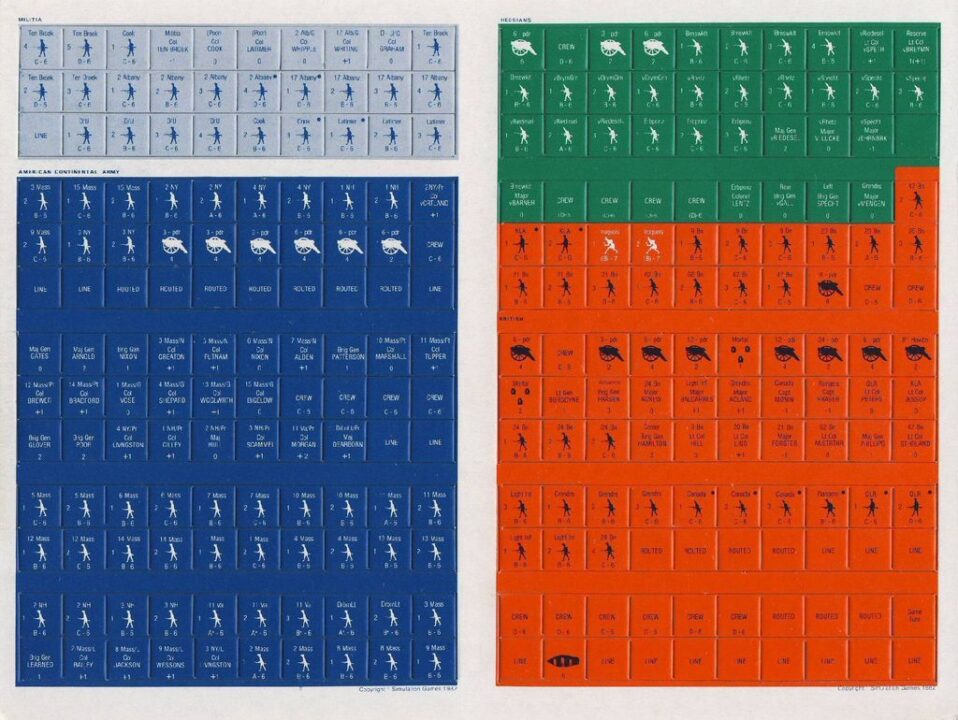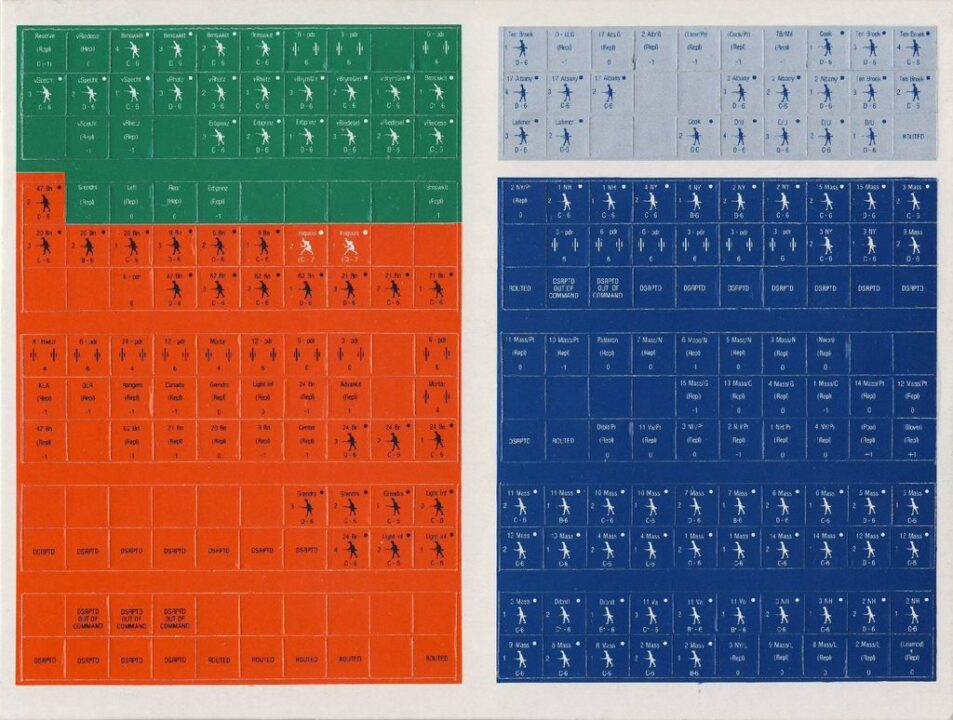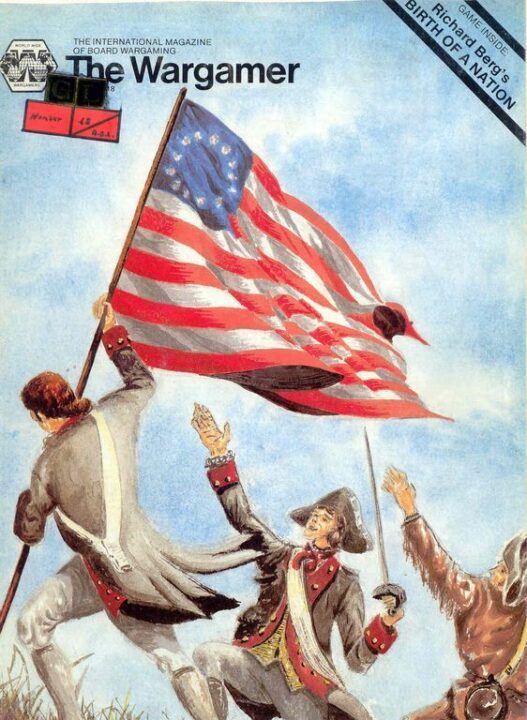So, my buddies and I finally got our hands on Birth of a Nation, and oh boy, it was a wild ride. In this review, I’ll spill the beans on the theme, accuracy, mechanics, and whether or not your friendships will survive the player interaction. Plus, I’ll gripe a bit about that rulebook (spoiler: it could use a spell-check!). If you want to know whether this game deserves a spot on your shelf or in the back of your closet, you’re in the right place.
How It Plays
Setting up
Each player grabs a nation board, matching pieces, and a few starting resources. Deal out event cards, set up the map in the middle, and toss the rulebook to that one friend who actually reads them.
Gameplay
Players take turns spending resources to build, explore, or mess with others—classic nation-building stuff. Every so often, an event card shakes things up, usually right when you think you’ve got a plan. Player powers are a bit different for everyone, so watch out for sneaky moves!
Winning the game
The game ends after a set number of rounds or when someone finishes all their objectives. Count your points from land, buildings, and secret goals. If you have the most, you win and get bragging rights until next game night. Losers must bring snacks.
Want to know more? Read our extensive strategy guide for Birth of a Nation.
How Well Does ‘Birth of a Nation’ Nail Its Theme and Historical Accuracy?
Right from the first set-up, ‘Birth of a Nation’ gives you that classic “wait, shouldn’t I have paid more attention in history class?” moment. The designers really went all-in on making you feel like you’re steering the birth of a whole country, and let me tell you, it’s not all fireworks and pie charts. There’s a solid focus on real historical events. You’ll see cards and events that made me pull out my phone mid-game to Google, “Did that actually happen?” (Spoiler: Yup, most did.)
You start with a small region and slowly expand, facing dilemmas ripped from dusty old textbooks. There’s rebellion, diplomacy, a bit of famine—basically, history channel marathon in a box. I liked how decisions felt weighty. If you tax your people too much, things can get spicy fast. There are historical figures with their own powers, but don’t worry, they didn’t put in the guy who invented the spork. The art is moody and retro, like it was drawn by someone who only wears tweed.
That being said, I did spot a few historical events shuffled into odd corners, sometimes happening out of order. It’s nothing game-breaking, but don’t bring your nitpicky uncle who wrote his thesis on 18th-century economics—unless you want a lecture that lasts longer than the game. Still, it balances education and fun without being preachy. I left each game knowing a few more facts, usually delivered by a friend pretending to be an angry monarch.
If you want a game that makes history cool but not a snooze-fest, this one gets pretty close. Next, I’ll spill the beans on the gameplay mechanics and if the balance is as tight as a corset at a royal ball.

Gameplay Mechanics and Balance in Birth of a Nation
Let me tell you about the gameplay mechanics of Birth of a Nation. If you’re expecting lazy dice rolling and praying to the gods of luck, this isn’t your typical roll-and-hope board game. The bulk of the gameplay revolves around resource management, tactical card play, and pretty sneaky area control. You collect resources, invest in buildings, and put your citizens to work, which sounds a lot like a Monday at my house (minus the wooden tokens and plus a grumpy cat).
One thing I liked: The asymmetric player powers. Each faction starts with a unique ability, which at first felt like a “pick your favorite superpower” moment. After a few plays though, my friend Melissa pointed out that one faction’s early-game bonus always seemed to outpace everyone else. She won with it three times in a row, while the rest of us debated forming a coalition and demanding a rebalance patch. So, yeah, the balance isn’t perfect. It’s not a deal-breaker, but you’ll notice after a few games that some strategies are easier to pull off than others.
Resource scarcity is a nice touch, making every decision count, but if you fall behind early, it can feel like pulling yourself out of a well with a wet shoelace—possible, but not likely. The event cards add some twisty moments, but they’re usually fair and rarely let someone snatch a win from behind with pure luck, which scores big points from me.
If you like a thinky, slightly cutthroat game, Birth of a Nation delivers, but be ready for a learning curve and a few moments when the balance seems a little wobbly. Next, I’ll get into how this game will have you plotting, persuading, and possibly questioning your friend choices—yep, it’s time for player interaction and engagement!

Getting Social: Player Interaction and Engagement in Birth of a Nation
Let me tell you: Birth of a Nation is not a solo walk in the park. This game gets people talking, plotting, and sometimes (in our group) yelling across the table with surprising passion. The designers made sure that every single move matters, because your friends—or your sneaky enemies—are watching you like hawks. You’ll find yourself begging for alliances and then breaking them five minutes later. If you come to the table thinking you’ll just mind your own business, you’re in for a shock. Your actions have consequences, and your choices ripple across the whole board. Last Friday, my friend Ben tried to secretly hoard all the grain. We spotted his ploy and, well, let’s just say Ben won’t be trusted for a while. The interaction here isn’t just about blocking spaces or stealing resources (though you’ll do plenty of that). It’s about out-thinking and out-maneuvering real humans—always more fun than beating a faceless opponent or dice.
Engagement in Birth of a Nation stays high, even when it’s not your turn. You might be plotting revenge, gossiping about strategy, or just watching the chaos unfold. It keeps everyone invested and most folks in my group stayed at the table, glued to the action, rather than wandering off for snacks (a true miracle!).
If you’re someone who likes your games spicy with a side of betrayal, this one’s for you. Speaking of spice, next up I’ll be looking at the component quality and artwork—let’s see if the game looks as good as it plays!
Component Quality & Artwork: A Closer Look at Birth of a Nation
Alright, let’s talk about the stuff you actually touch and stare at for hours when you play Birth of a Nation. If you’re like me, nothing yanks you out of an intense historical struggle faster than cheap cardboard or art that looks like it was done in Microsoft Paint.
Good news: Birth of a Nation mostly nails it. The board feels thick and sturdy, so you won’t get that sad bend in the middle after your third play. The tokens have a nice weight to them, which I appreciate, because they doubled once as defensive projectiles when my buddy Dave tried to cheat. (Sorry Dave, but you know what you did.)
The artwork? It’s classy, but not stuffy. The style fits the era, but it doesn’t make you feel like you’re trapped in a dusty textbook. The map is clear and the iconography is easy to follow, even for my friend who once tried to play Risk upside-down. I do wish the cards were a bit thicker, though. After an intense shuffling session, a couple started looking downright tragic. Sleeves recommended, unless you enjoy the lived-in look.
Miniatures? Not here, but the wooden pieces are a nice touch and avoid the plastic pile-up I’ve seen in so many recent games. The rulebook has some typos, which made for some confusing moments, but at least we laughed a lot.
In the end, I recommend Birth of a Nation if you want a good-looking, tactile game for your shelf. Just keep those cards safe, and maybe don’t invite Dave.
Conclusion
Alright, that’s it for my review of Birth of a Nation! This game packs loads of historical flavor and gives you a good reason to pick fights with your pals (politically speaking, of course). The theme is rich, the components mostly look sharp, and you’ll get pulled in by the solid player interaction. I had a blast, minus a few balance hiccups and the odd typo in the rules. If you can handle a bit of chaos and don’t need everything to be perfectly fair, you’ll have fun here. Otherwise, maybe try something less dramatic, like a jigsaw puzzle of a potato. Thanks for hanging out and reading the review!


